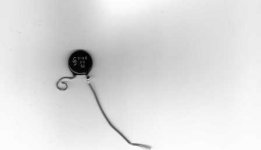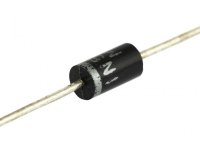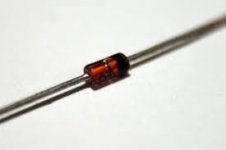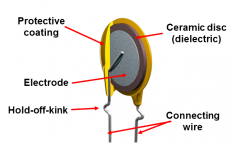Offline
Wife & I took the Healey out for about a 2 hr run last night getting back after dark. Left the Healey sitting in the driveway running while I went around to open the garage. Before I got back to the car it stalled. It Never stalls. Since I put this thing all back together, after it is warmed up it just idles perfectly at 400 rpms and doesn't stall. Got in, tried to start it, it fired up but immediately it fluttered to a stall and stopped. Acted like it was out of gas. Sat there with ignition on, listening for pump ticking, no ticking. So I flipped the toggle switch to the #2 pump, heard it ticking and started the car right up and drove into the garage. This morning upon checking the #1 pump found nothing wrong.
Started engine on # 1 pump, left it idle for about 10 minutes, still running, took it for about 30 minute ride using #1 pump, no problems. Don't know what was going on with it last night. But I have notice that the # 1 pump ticks slower and quieter than the # 2 pump. The # 1 pump is the older of the two, alot older. But they are the same model, the dual polarity, later BJ8 pump. What do you think about the slower ticking of the older pump? and quieter? They are both mounted the same. Dave
Started engine on # 1 pump, left it idle for about 10 minutes, still running, took it for about 30 minute ride using #1 pump, no problems. Don't know what was going on with it last night. But I have notice that the # 1 pump ticks slower and quieter than the # 2 pump. The # 1 pump is the older of the two, alot older. But they are the same model, the dual polarity, later BJ8 pump. What do you think about the slower ticking of the older pump? and quieter? They are both mounted the same. Dave

 Hi Guest!
Hi Guest!

 smilie in place of the real @
smilie in place of the real @
 Pretty Please - add it to our Events forum(s) and add to the calendar! >>
Pretty Please - add it to our Events forum(s) and add to the calendar! >> 

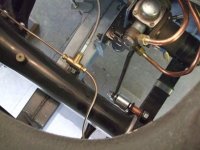

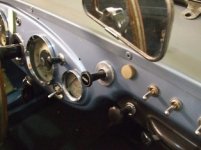
 Dave stick one of these diodes in there before you button it up.
Dave stick one of these diodes in there before you button it up.